Introduction to lighting control strategies
The MACH-ProLight is ideally positioned to implement advanced and adaptive lighting control strategies in new and existing facilities alike.




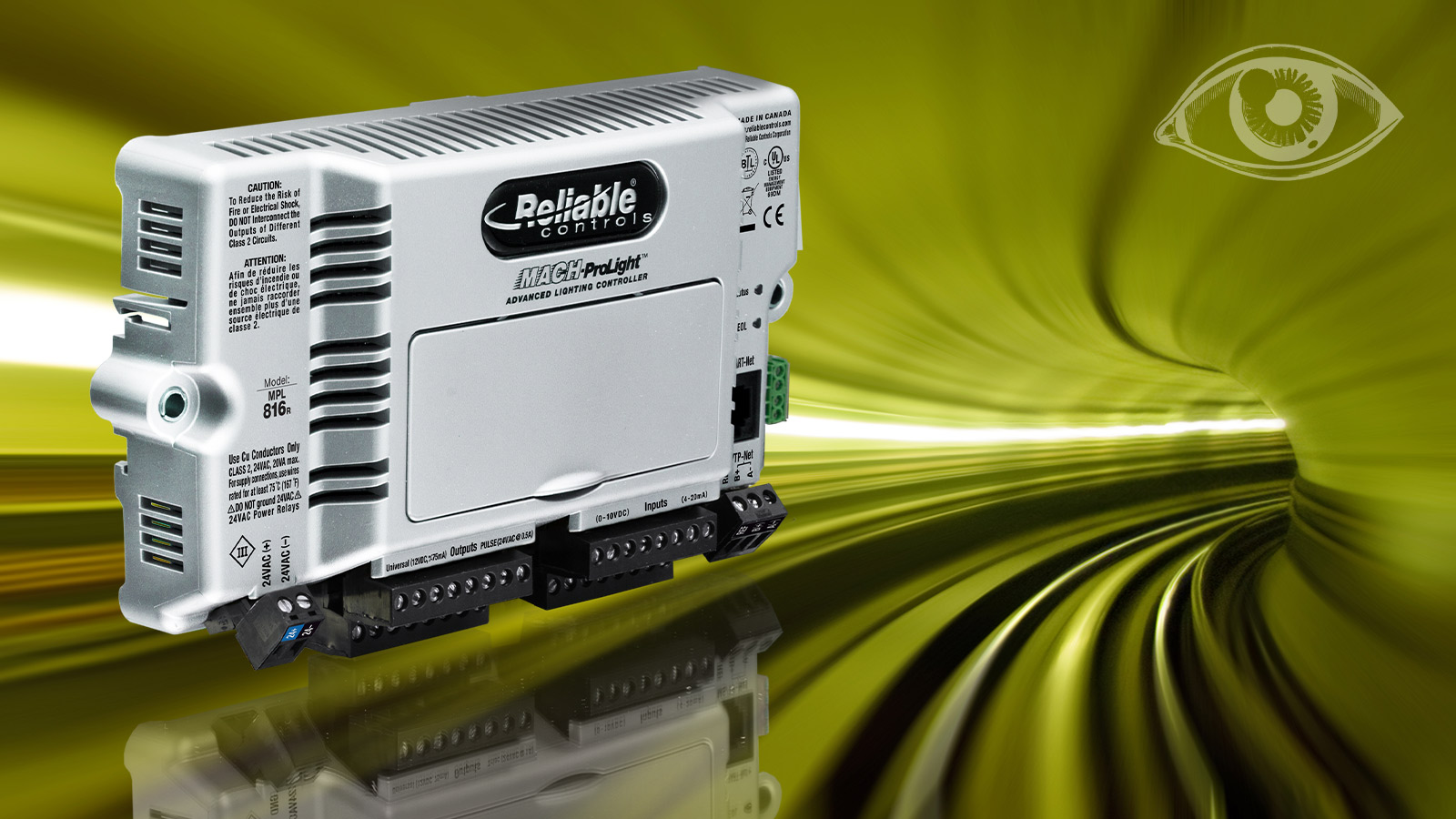
Food. Water. Shelter. Since the beginning of humankind these physical needs have been recognized as necessary for SURVIVAL. However, with increasing knowledge it became apparent that to THRIVE, humans required fresh air, healthy food, clean water, and adequate shelter. A deeper understanding yet revealed the physiological criticality of the relationship between mental, emotional, and physical health.
The innovation of the Industrial Revolution advanced technology while increasing the cost of, and risk to, human existence. Industry facilitated population concentration. Man began to increasingly consume and spoil Earth’s natural resources. Particularly since this era, the built environment has exerted a measurable, sometimes harmful, influence on the health and welfare of people and the planet. However, never before have built environment professionals been better-equipped to understand and to take action; not only to mitigate potential negative impacts of the man-made world through environmental stewardship, but to proactively promote improved community health and well-being. Once again humankind is provided with the choice and ability to THRIVE rather than to merely SURVIVE.
Proactively leveraging the built environment to carefully cultivate the well-being of people and the planet requires a strategic paradigm; not simply proper planning, but proactive and continuous control. Complex mechanical and electrical systems must be wisely manipulated to dynamically optimize thermal comfort, indoor air quality, security and safety, as well as the synergy between natural and artificial light. Each of these components can be controlled by automation systems to enhance the human experience in man-made environments. Simple, flexible, and sustainable optimization of the human experience and facility performance is one of the key benefits of Reliable Controls and the Reliable Controls Authorized Dealer network.
The preceding installments of this insight series1 have focused on the fundamentals of lighting control. It is now time to specifically introduce how this new opportunity to THRIVE is seamlessly integrated into the simple, flexible, and sustainable solution suite of Reliable Controls in a way that is better by design™.
The intrinsic flexibility of Reliable Controls has for decades empowered the synergy rather than the trade-offs between social, environmental, and financial performance through the control of diverse systems beyond thermal comfort and energy management. When customers and dealers expressed a need for a more precise focus on lighting control, it was a natural fit. In December of 2018 Reliable Controls was delighted to announce the release of the MACH-ProLight™ (MPL) advanced BACnet lighting controller; the first product to be to be tested and certified by the BACnet Testing Laboratory to meet or exceed the BACnet Lighting Device (B-LD) profile.
Every product and feature developed by Reliable Controls must meet three core design criteria: it must be simple to use, flexible in application, and sustainable over the long term. As discussed in other insight installments, there is a broad diversity in approaches to automated lighting control; ranging from the simplicity of line-voltage control to the flexibility of digital low-voltage control. To be better by design, it was important to provide a solution that could have the most significant impact, for the largest number dealers, providing solutions for the broadest variety of applications, and benefiting as many customers as possible. As ever, the MACH-ProLight design team was in pursuit of a force multiplier; making ten men feel like one hundred. Through much deliberation it was decided that the MACH-ProZone™ provided the ideal starting point for the MACH-ProLight. The form factor of the MACH-ProLight makes it ideal for panel or central control, room or distributed control, wireless control, as well as hybrid control strategies. Consider what the MACH-ProLight brings to modern sustainable facilities and built environment professionals.
Improving upon the MACH-ProZone (MPZ) platform, the MACH-ProLight (MPL) delivers everything that one would expect of a Reliable Controls device:
The MPL is manufactured:
> According to a Quality Management System (QMS) that is formally certified to follow ISO 9001:2015,
> According to an Environmental Management System (EMS) that is formally certified to follow ISO 14001:2015,
> Without the use of substances known to be hazardous to people and the planet in compliance with RoHS2, and
> According to the requirements for responsible end-of-life of the Waste Electrical and Electronic Equipment Directive (WEEE).
This quality-driven focus results in typical a failure rate of <1% and empowers an industry-leading standard warranty of 5-years, mitigating risk to owners for the entire lifecycle of some comparable third-party products.
There are fundamental differences between traditional Direct Digital Control (DDC) and lighting control technologies accommodated by the MPL which differentiates it from traditional MACH-System™ controllers.
The MPL features relay driver outputs that provide a 24VDC momentary pulse to change the state of standard latching lighting control relays.
Since the MPL provides a momentary pulse, the output itself is not a reliable indication of the present state of the lighting control relay. This is exacerbated by common application wherein multiple devices other than the controller can command the relay. If the control narrative demands that a lighting fixture is enabled or disabled automatically, the controller must know the present state of the lighting control relay.
The MPL is designed for two common lighting control relays: the single-coil Panasonic WR-series, and the dual-coil GE RR7-style relay. The single-coil WR-series relay uses a single output wire to change state (Off and On) and supports relay status feedback via the same output wire. This means that the controller can monitor the status of the WR-series without the use of an input. The GE-style relays require a dedicated output wire to command the relay Off and On (two wires). Additionally, status of a GE-style relay is provided via auxiliary contacts on the relay, requiring a controller input wire to monitor each relay (two wires).
When modulating an analog command, DDC typically uses a sourced signal. This means that the DDC device sources, or provides, a 0-10VDC signal to the control device (e.g., actuator, VFD, etc.). Dimmable lighting fixtures and luminaires must facilitate very simple control devices such as physical step and continuous dimming switches. For this reason, the light fixtures themselves provide a 0-10VDC signal which is manipulated by the control device, be it a switch or controller. This is referred to as a sinking command or signal because the control device is not sourcing the voltage, rather sinking the voltage provided by the fixture.
MPL universal outputs dynamically support both sourced and sinking signals, automatically detecting the physical characteristics of the field device and providing the appropriate control interaction.
The EIA-485 transceiver is isolated from the ungrounded power supply. This means that the REF pin on the MS/TP terminal block must be used to provide reference for the network. A true three-conductor EIA-485 communication cable3 should be used for networking the MPL. The REF pins of all MPLs should be interconnected using a dedicated conductor. The reference conductor should then be connected to the GND terminal of the nearest MACH-System controller. If a GND terminal is unavailable or unviable, a functional earth ground may be used.
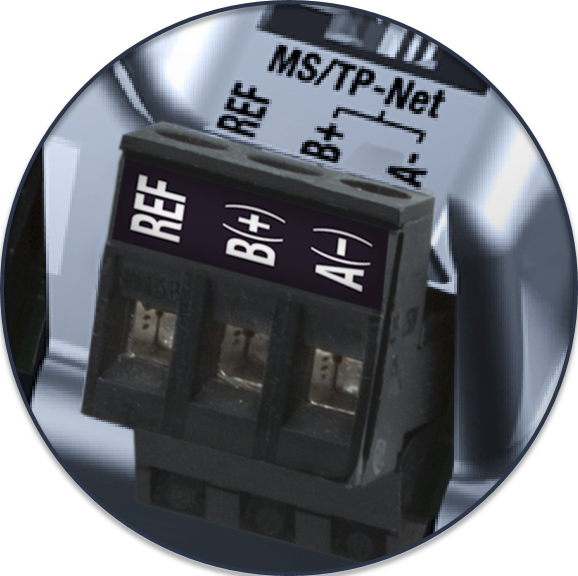
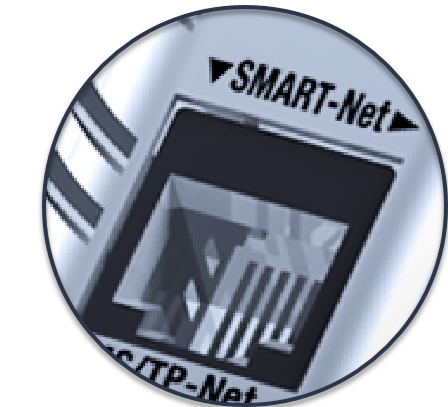
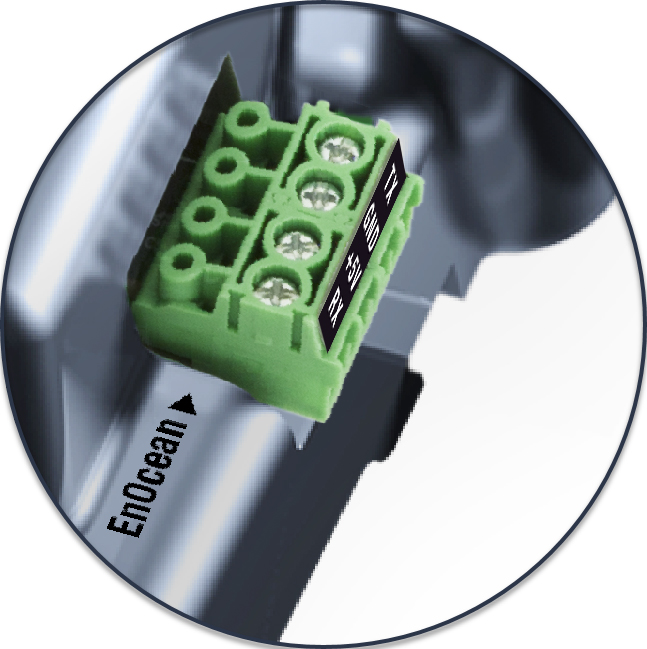
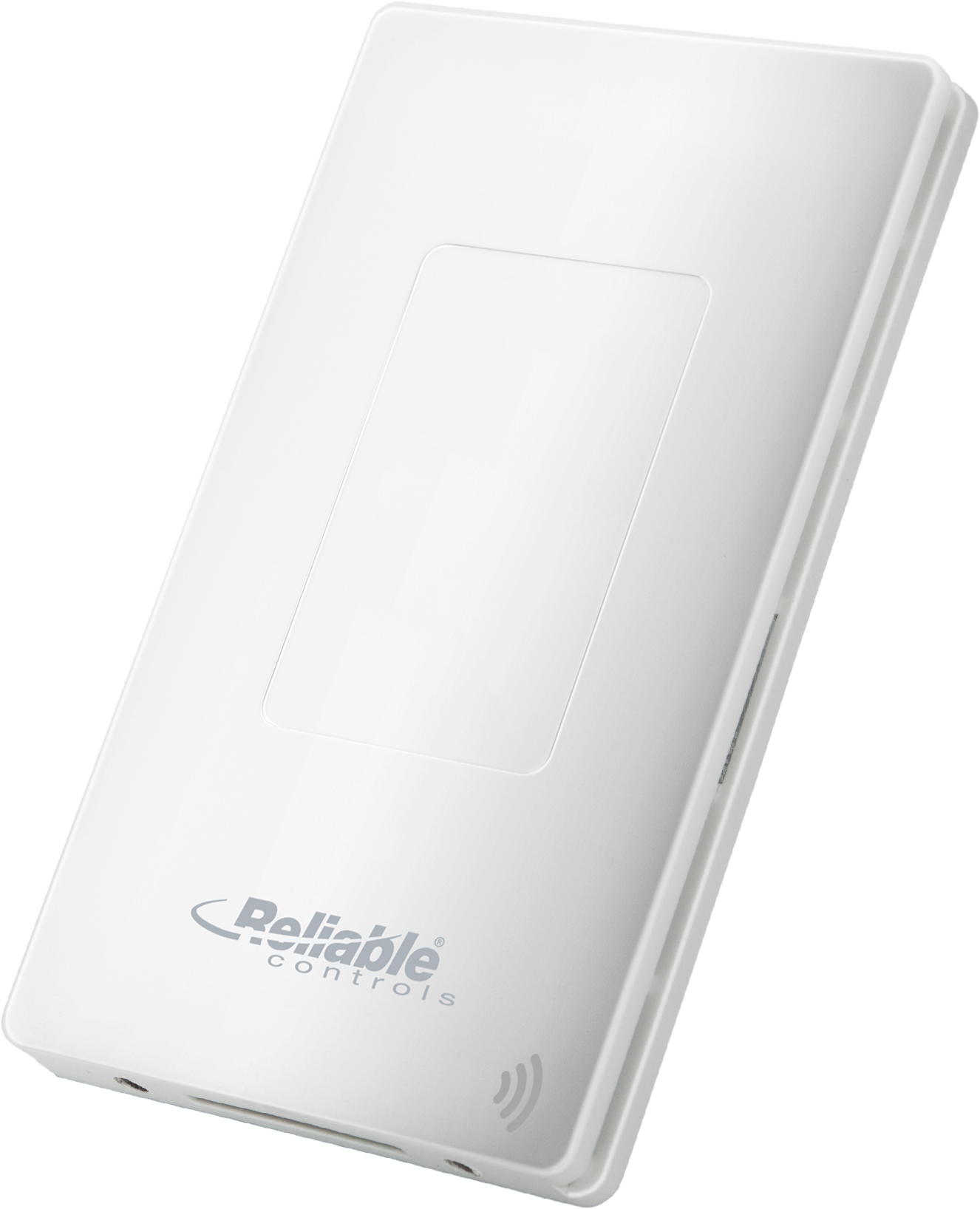
The MPL is available in three base models; which, define the physical output configuration.
Universal (-U) models feature jumper-selectable outputs that support pulse/latching relays (for switching) or 0-10VDC sinking/sourcing universal signals (for dimming). Universal models are available with 4 or 8 inputs and 4 or 8 outputs: the MPL-44U, MPL-48U, and MPL-88U.
Relay models (-R) have outputs that are designed specifically for the single-coil, Panasonic WR-series relays including built-in relay status feedback. Relay models are used for binary, On/Off or bi-level switching control. Relay models are available with 4 or 8 inputs and 8 or 16 outputs: the MPL-48R, MPL-416R, and MPL-816R.
The GE model incorporates outputs that are designed specifically for the dual-coil, GE RR-series relays. GE models are used for binary, on/off or bi-level switching and will require one controller input per relay to monitor status. All GE models are available with 8 inputs and 8 outputs: the MPL-88GE.
For centralized applications, the MACH-ProLight Lighting Control Panel (MPL-LCP) is a complete assembly of controls and switching relays pre-wired ready for installation into the electrical system. Panels are built to order per the requirements of each application empowering a mix of dimming and switching circuits to be configured specific to the lighting control narrative.
Each panel is UL-508A listed, enclosed according to NEMA Type 1 in a 16-gauge mild steel base with 16 pre-cut conduit knockouts and removable backplate assembly complete with class 1 voltage barrier.
The MPL-LCP is available in three base models that define the maximum number of single-pole relays: eight (MPL-LCP-8), thirty-two (MPL-LCP-32), and sixty-four (MPL-LCP-64).
The MACH-ProLight is an exciting opportunity for Reliable Controls and the Reliable Controls Authorized Dealer network to expand our influence on sustainable facilities and improve the day-to-day lives of our customers. For more information about the MACH-ProLight, please review the marketing and engineering documentation as well as the Transceiver webcast available from the Reliable Controls website. As always, please also feel free to contact your Regional Sales Manager and the Application Engineering team with any questions.
American psychologist Abraham Maslow was a pioneer in the philosophy that psychological health and happiness was predicated on the fulfillment of progressive innate needs; that humans could not THRIVE without satisfaction first of the basic psychological and physiological needs required to SURVIVE. For centuries the built environment focused more on providing the shelter required for survival and minimal comfort. However, the modern sustainable facility has evolved to an experience that can surpass what is required to SURVIVE and provide an environment that empowers modern occupants to THRIVE. Automating the complex indoor environment to optimize thermal comfort, indoor air quality, security and safety, as well as the synergy between natural and artificial light is a crucial art to making the most of the world wherein we live, work, and play.
For more than thirty-years, through key values including sustainability and environmental stewardship, Reliable Controls has empowered synergistic optimization of people and property through the management of the built environment. We choose to operate according to business metrics that encompass the triple bottom line: People, Planet, and Profit. This philosophy helps us realize the financial and environmental benefits of sustainable business while making decisions that are better for the environment, our extended team, our customers, and the traditional bottom line. This business philosophy leverages the synergy rather than the trade-offs between social, environmental, and financial performance.
The MACH-ProLight is simply the latest example of how together, Reliable Controls and the Reliable Controls Authorized Dealer network is ideally positioned to proactively ensure that our organizations and the organizations we serve, our people and the people for whom care, and the planet which we all inhabit will not merely SURVIVE but will THRIVE. Together we are better by design.
1 The February through May 2019 installments of insight have introduced the fundamentals of lighting control.
2 Power may not be shared between an MPL and any half-wave rectified device including any other MACH-System controller.
3 Windy City Wire UL-Listed and Rated Type CMP Multi-Conductor Shielded Lo-Cap Plenum Cable P/N 0043339 or equivalent is recommended.

The MACH-ProLight is ideally positioned to implement advanced and adaptive lighting control strategies in new and existing facilities alike.
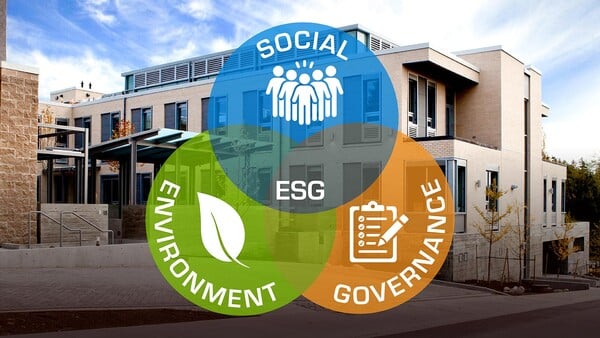
Learn how our building automation systems are designed to support you.

Explore how our technology automates complex enterprise portfolios.
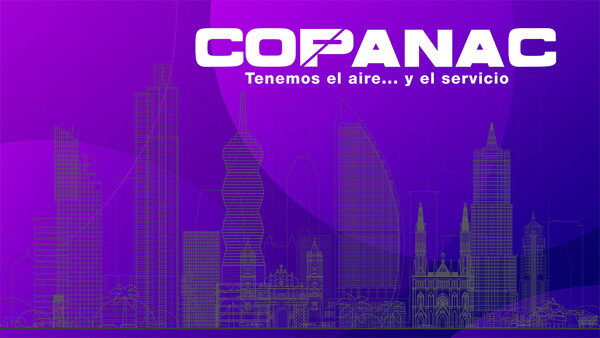
COPANAC is an Authorized Dealer in Panama. General manager Adsinar Cajar Bocek shares his story.

Learn how buildings can become smarter using building automation systems and building controls.
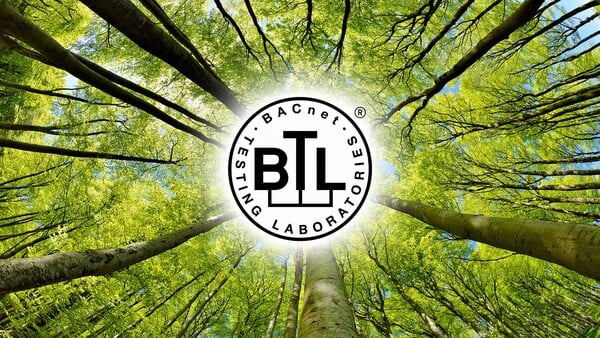
Reliable Controls president Tom Zaban reflects on 30 years of the BACnet protocol.
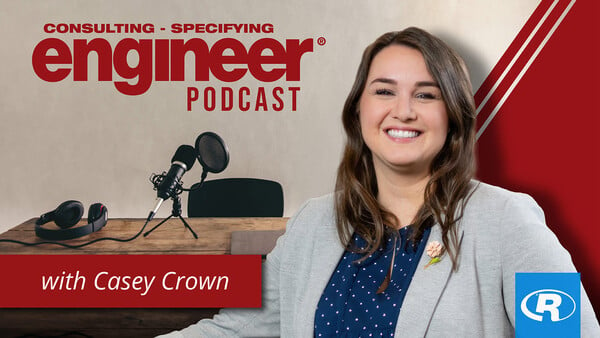
How can we better support women and young professionals in building automation and engineering?